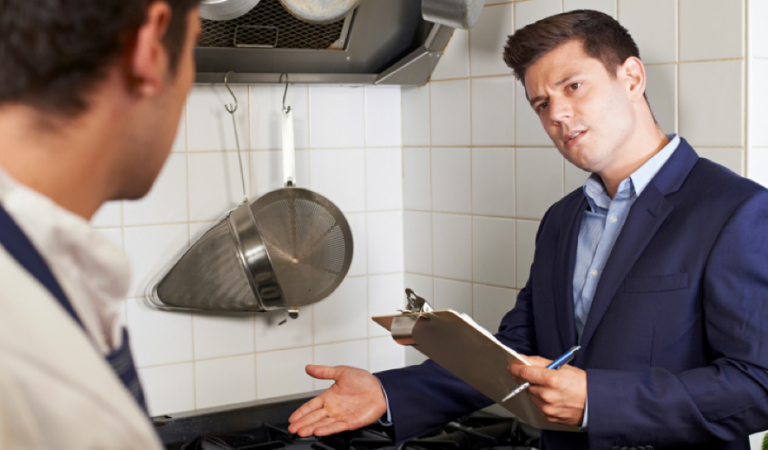Food safety is a tricky thing; sometimes you can take all the necessary precautions and still be left with an issue you didn’t expect to have. Food recalls issued by the USDA reached 150 relating to beef and eggs, and 650 including all other foods across the US and Canada last year alone. It may seem like an alarmingly high number, and that is because it indeed is. This article aims to shed some light on the issue of food safety recalls and how they can impact consumers and your brand.
Impact of Food Safety on the Consumer
A revealing food survey in 2016 showed that 500 consumers were left with a negative impression of a food retailer, causing a negative impact on the reputation of the establishment. Of the participants, 34.1% shared that they would be discouraged from eating at other locations of the same chain even if the outbreak was known only to have impacted one locale. More strikingly, 17% said they would never consume at that establishment ever again. When asked about a food outbreak at multiple locations of a chain, the participants responded that 37.5% would not eat at there for at least six months, and another 31.7% stated that they would never eat at that chain again. With stats like this, it’s important that food safety remains a top priority to ensure your brand doesn’t g
Better Food Safety with the Use of Technology
The food industry has been slower than others to adapt to using technology. Many fear that the costs are too high or that the use of technology may be too difficult to manage and learn. That said, the benefits of restaurant tech for both the consumer and restaurant far outweigh the initial investment. For example, the restaurant will be able to minimize the risk associated with manual food prep methods. The consumer will be safer as a result of reduced or eliminated errors and mistakes from using manual methods to label food, take food temperatures, etc., and the brand will be able to better protect itself from the negative impact of a food safety calamity.
The Problem with Manual Methods
Many retailers are in a comfort zone with how they label their food. Handwritten labels may have been the way that many places did it in the past, but in this day and age, technology being what it is, we need to make food safety a higher priority. Handwritten labels leave too much room for error and fudged data, while automated solutions provide detailed and accurate information.
Solution to the Manual Process Problem
Automated date code labeling is just one way to solve the problem of manual food prep methods. Using a tool that calculates and prints the use by and prep dates will be a game changer for your back of house. By providing precise information to your entire staff, you remove the ambiguity and guesswork. It is one small step (for restaurant kind) that you can take to ensure your food is prepared and labeled safely before it makes it way onto the plate of a customer.
Being a responsible food retailer means ensuring the food you serve is safe for your customers. Taking food safety seriously is important to protecting your consumers, and your brand reputation.
If you are interested in how you can modernize your establishment using restaurant technology, you can learn more by visiting our website.
